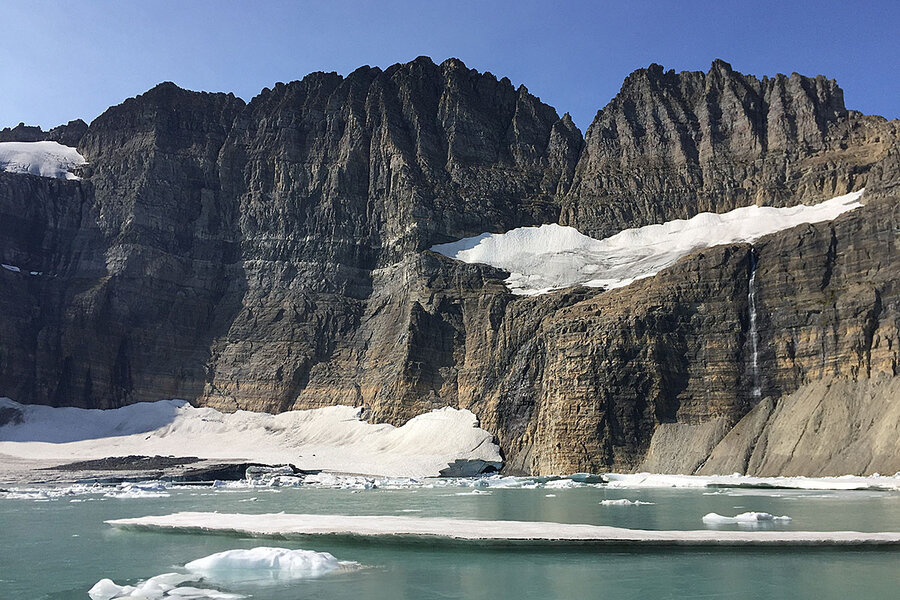EXPOSING THE UNDERGROUND OF GLACIER NATIONAL PARK
Visitation is growing, but access is decreased, as is the case at most national parks. The advent of reservation systems has rendered the spur-of-the-moment visit obsolete, while those with meticulously planned vacations sometimes find themselves crossing their fingers in the hopes of scoring the coveted bookings they need.
When compared to other national parks, Glacier is far less popular. It’s already a difficult to fit 3 million people into the narrow passageways that run through the park, but when you consider that full access to the park truly only occurs for three to four months, it becomes a much harder issue. Here, winter seems to last forever. For the most part, it is inaccessible for the majority of the year.
So, when tourists arrive in May, ready to snap that perfect photo of Grinnell Lake, we locals can’t help but laugh at their expense. Even seasoned hikers know better than to attempt that trail before the snow has melted from the many feet that cover it well into July.
A trip to this inaccessible region requires careful preparation; here are some useful information to know, as well as some hard realities to consider.
Glacier National Park’s famous Grinnell Lake as seen from the Grinnell Glacier Trail.
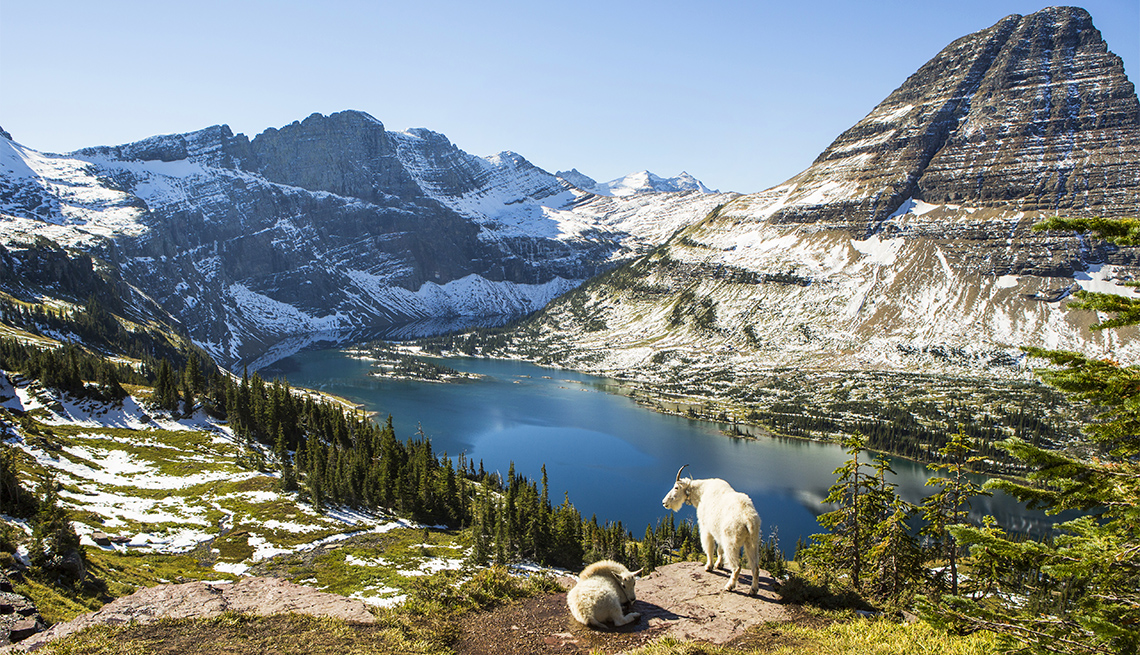
GET FAMILIAR WITH THE PARK’S WEBSITE BEFORE YOU COME
There is no way to overemphasize this. Those who live nearby still use the NPS website to keep tabs on events. Over a million acres make up the park, most of which are off-limits for the better part of the year. Webcams, trail and road reports, and information on current fires and closures are also available. It’s easy to be let down if you just show up without doing any research about your destination.
The park has an eastern and western half. Visitors are sometimes unprepared for the fact that the east side of the park is closer to many of the top hikes they wish to do, but the west side has more eateries and housing alternatives.
It can take up to three hours to drive from west to east, making it difficult to get in a good trek on the other side of the park.
Most visitors, hikers and non-hikers alike, flock to the Going-to-the-Sun Highway. Since both the west and the east sides now require reservations, you can’t just go out for huckleberry pancakes and then head in to drive the route without one. And those typically sell out rapidly after they go on sale.
Although there are more entries on the east side than the west, all of them will require reservations as of this July. Planning is greatly aided by studying the maps on the GNP website, specifically the locations of the “must do” hikes.
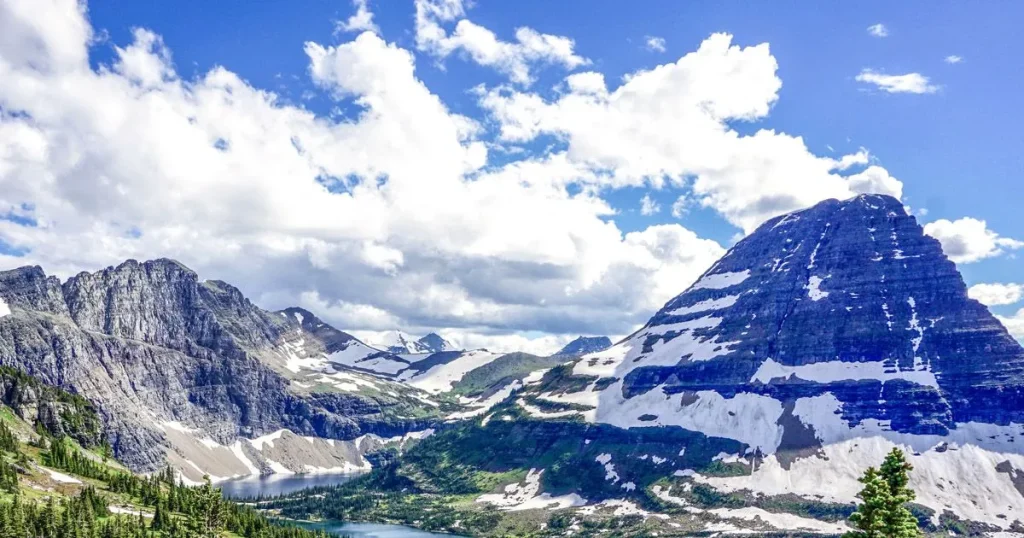
WHEN IS THE BEST TIME TO VISIT GLACIER NATIONAL PARK?
Amazing things can be experienced here throughout the year, making a visit worthwhile at any time. However, summer is when you’ll get the most return on investment.
Most tourists come in July because that’s when the weather is usually the nicest. That’s also the time when demand is highest, making it challenging to get a reservation.
SO HOW TO AVOID THE CROWDS?
It’s risky, but if Glacier decides to cooperate, it may pay off in a big way.Despite the crowds and the heat, August is a fantastic month for trekking. There is an increase in the number of visitors in September, despite the fact that the weather is unpredictable and snowfall might temporarily restrict roads inside the park.
The month of October is highly unpredictable; it might be beautiful with mild temperatures and vibrant autumn foliage, or it can start snowing early and cancel everything. However, after July, wildfire smoke can significantly obscure the stunning vistas that attract so many visitors.
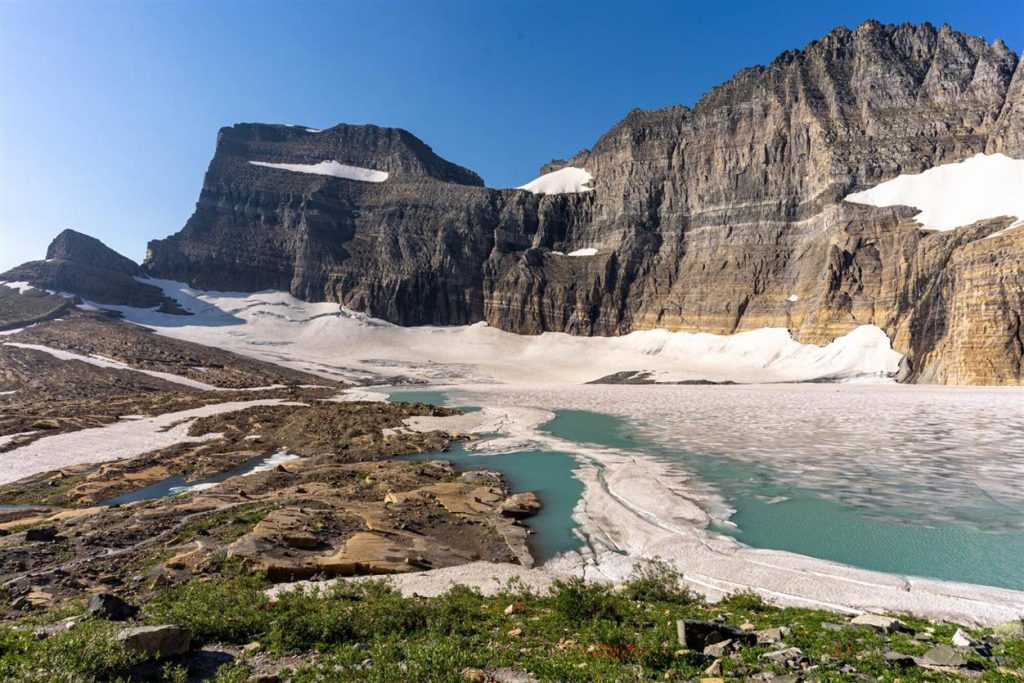
WILDFIRE SMOKE RISK
It’s possible for it to occur in July as well, however the odds increase as the late summer progresses. There are always going to be days where the smoke gets in, every year. Depending on the prevailing winds, it may only last a couple of days.
Also, there have been instances when half of the park had to be closed due to a fire within the park itself, which is unfortunate but unavoidable. As part of the natural cycle, there is always at least one major fire each year. It’s just a stroke of luck if you don’t have to deal with any smoke.
Also, smoke might come from far away from Montana and still cover the skies. Heavy smoke can be brought in from fires in neighboring states like California, Oregon, Idaho, and Washington.
THE IMPORTANCE OF STAYING FLEXIBLE
The lesson to be learned with regard to smoke from wildfires is this: be adaptable.A better day can be had by staying lower and hiking to lakes and waterfalls, even if there is a photo you really want to acquire. It’s irritating to hike up a difficult trail only to find that there are no scenic vistas at the top.
Are May and June not an option? These times can be amazing, with fewer people around. However, you won’t be able to take those massive hikes, and the Going-to-the-Sun Road will be closed for most of the year. At higher altitudes, snow persists far into July.
BIKING IN GLACIER NATIONAL PARK
However, if you’re up for a challenging journey, you can continue to ride your bike until the route is blocked for snow plowing. It’s a fantastic way to explore a section of the park, but it’s only open on weekends and gets very crowded then. However, the official website will always have the most up-to-date information on what can be done and how far you can get.
Do not get too enthused about photographs posted on social media.Many people share photos taken in July and August throughout the year. It’s not always what it seems.
Access is extremely limited outside of the months of May through October. In addition, construction might make areas inaccessible for periods of time as they are modernized. You should become best friends with that official website if you want the latest updates.
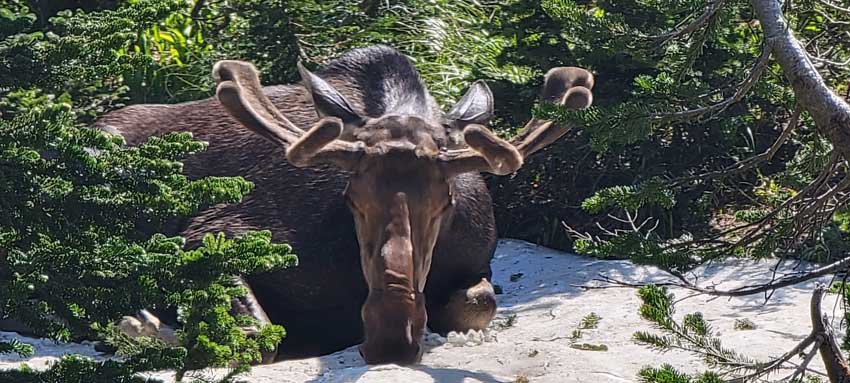
THE PARK IS ACTUALLY QUITE WILD, PREPARE ACCORDINGLY
It’s puzzling how many folks I’ve seen on ten-mile routes without even a bottle of water, let alone bear spray or first aid supplies. This is not the typical public park. Which, depending on the city, could be a lot riskier, but still…find out stuff beforehand!
There are genuine wild creatures here. More than often, I’ve had to politely urge to other tourists that they go further than five feet away from that bull moose if they want a good photo. Or perhaps you SHOULDN’T get out of the car and approach the bear on the side of the road.
If the sheep and goats aren’t moving, you shouldn’t be either. These creatures are used to humans but nevertheless cannot be predicted.
Although they are the most dreaded, bears are rather rare; I hiked for years before encountering my first grizzly. Not to mention another solid argument against going on solitary nature treks. Even while moose get the reputation for being the most violent, any of these animals might cause serious harm if provoked. If you happen to run into one unexpectedly, you may expect your pulse rate to skyrocket.
The Park Rangers have their hands full, but it’s worth it to witness them in action. Don’t make them feel like they need to save another victim or hunt down another animal because of their interaction with you. Keep your distance, use a zoom lens, and bring bear spray.
Even if you’re by yourself, you should still speak loudly and refrain from purchasing bear bells. In addition to being a major distraction for everyone else on the trail, they are ineffective in keeping bears away.
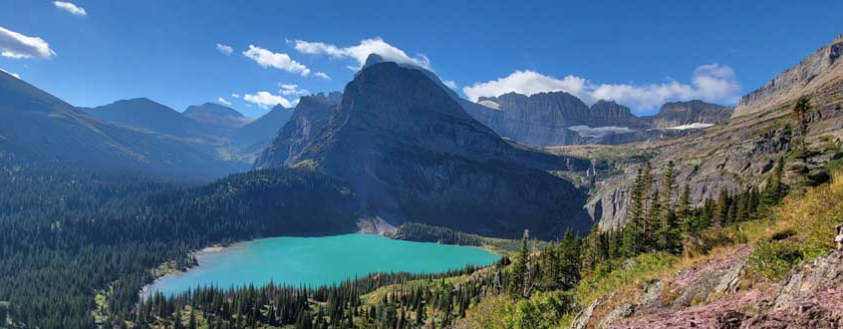
HOW TO FIND THE BEST HIKING TRAILS
There is a wide variety of pathways to explore, so pick carefully. Enjoy your parks: https://enjoyyourparks.com/glacier-national-park/ is a fantastic resource that I have used many times.
Only you can assess whether or not you have the physical ability to complete one of these trails. It helps to have some idea of what to expect.
None of the most well-known routes, like the Grinnell Glacier track and the more challenging Iceberg Lake and Hidden Lake and Highline Trails, are particularly simple. Especially if you’re doing any sort of up/down elevation calculations.
There are shorter trails, loops that allow you to hike only as far as you feel comfortable, and many vantage points from which to take it all in without exertion. It’s a big place with lots of attractions, so do your research before you travel in case your itinerary needs to be changed.

